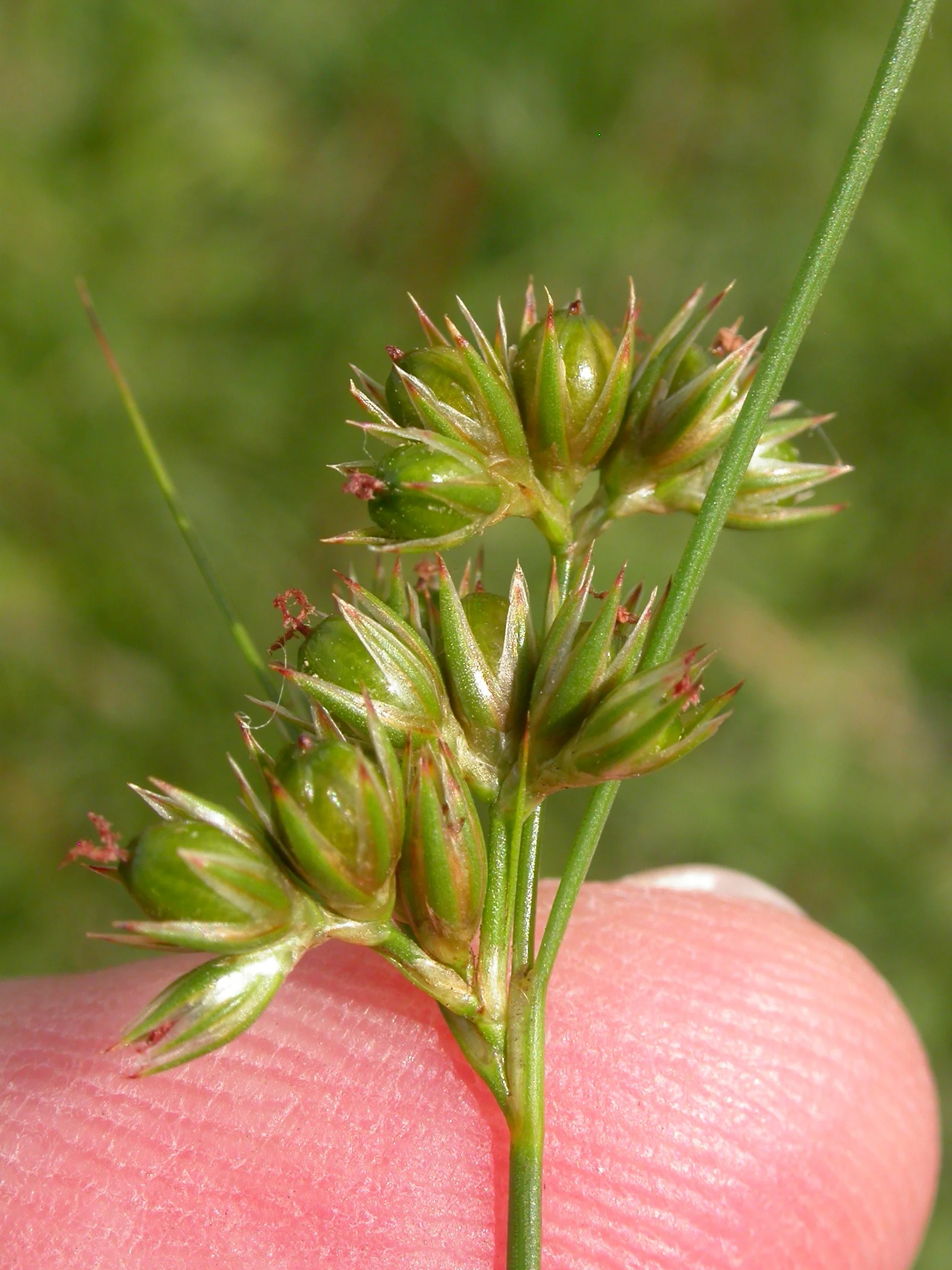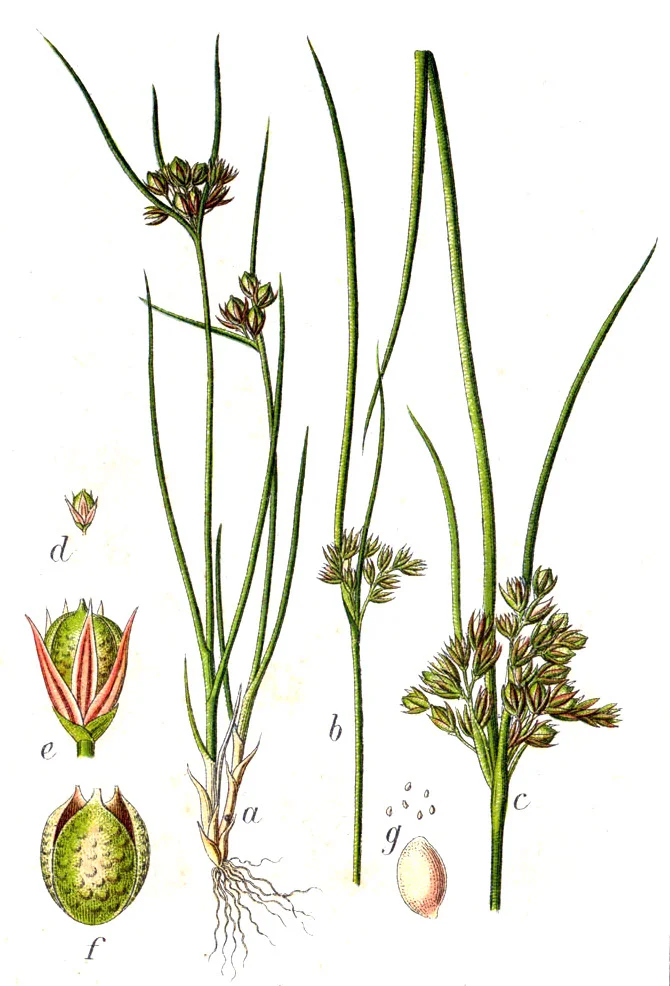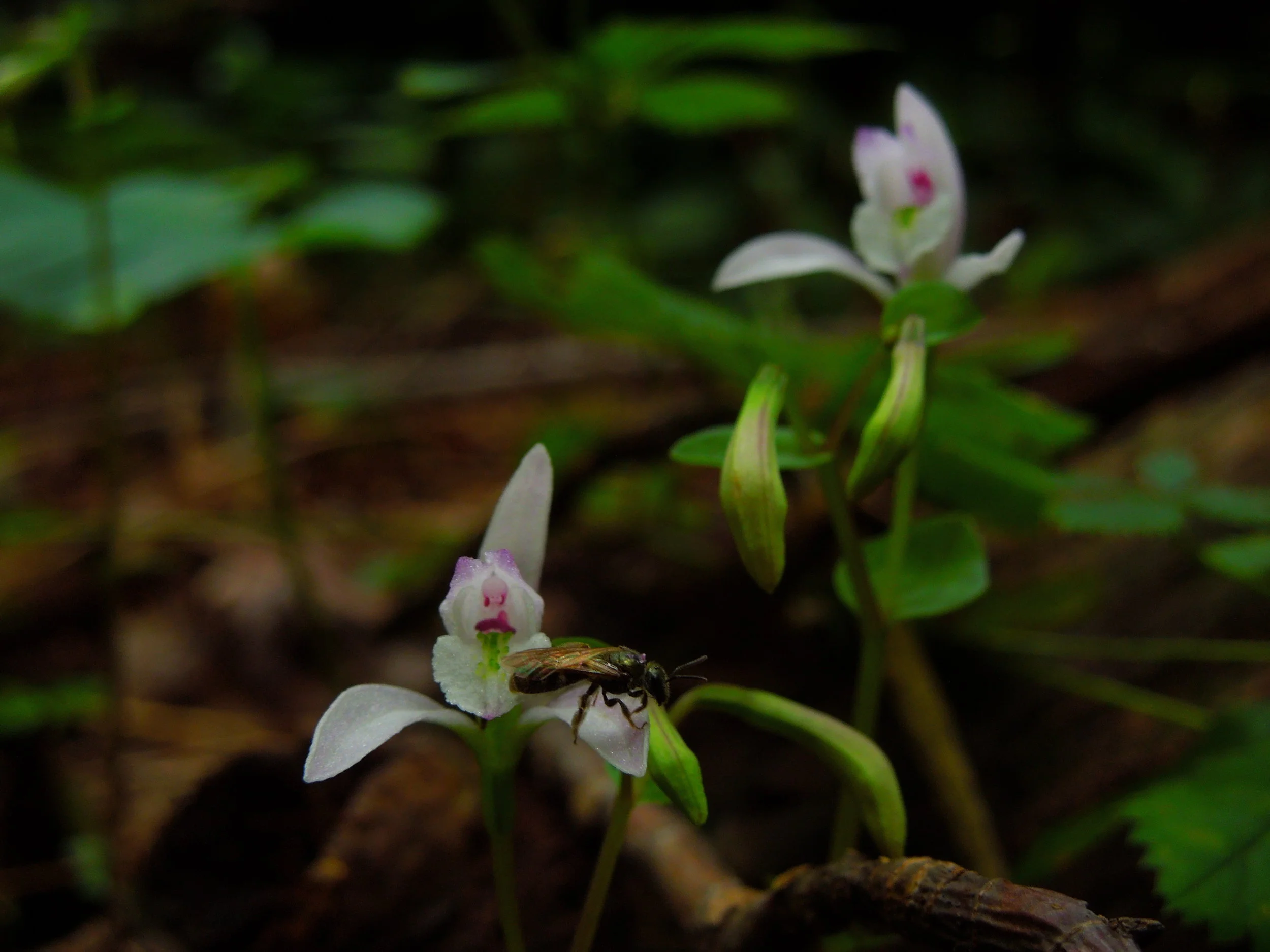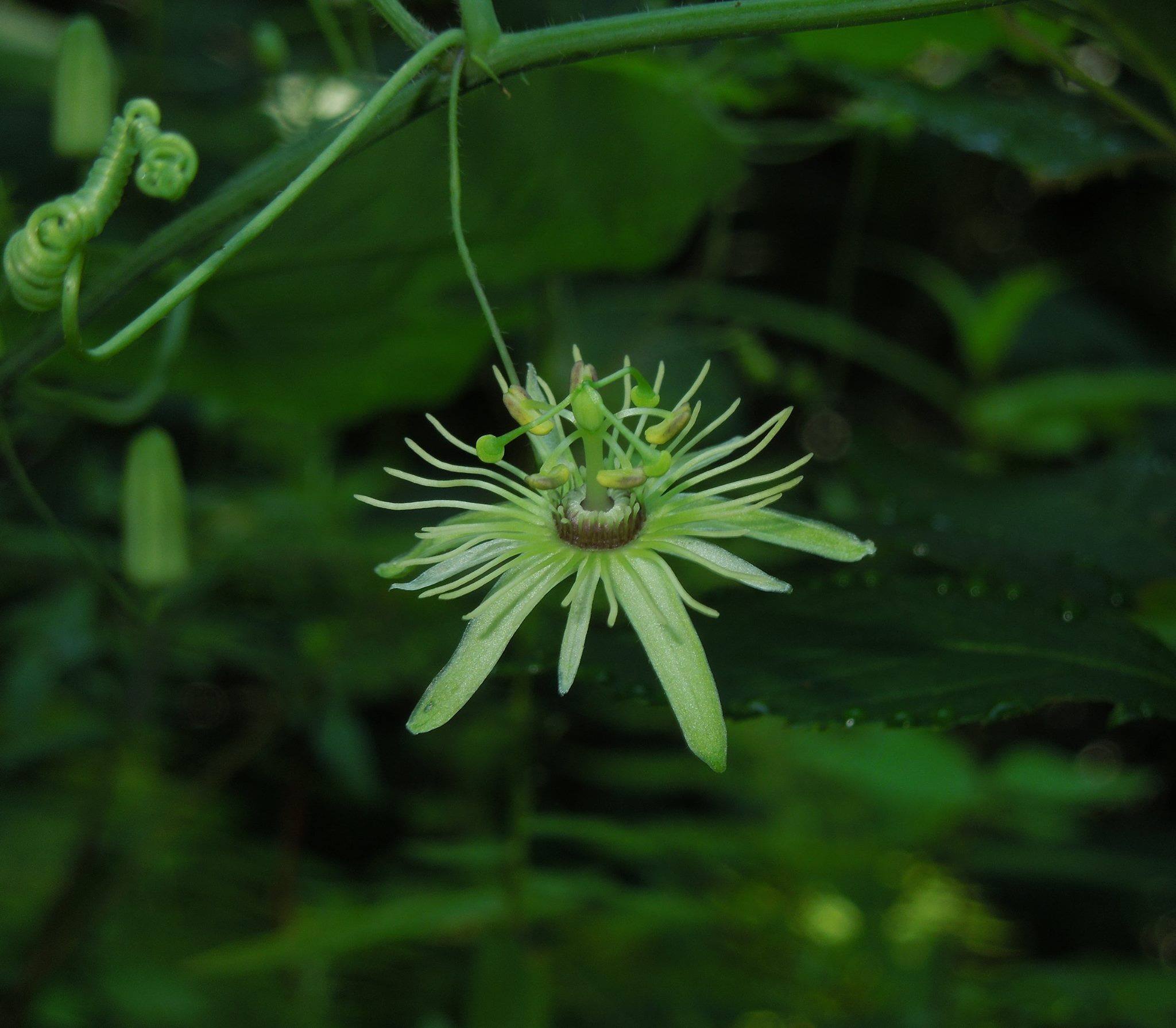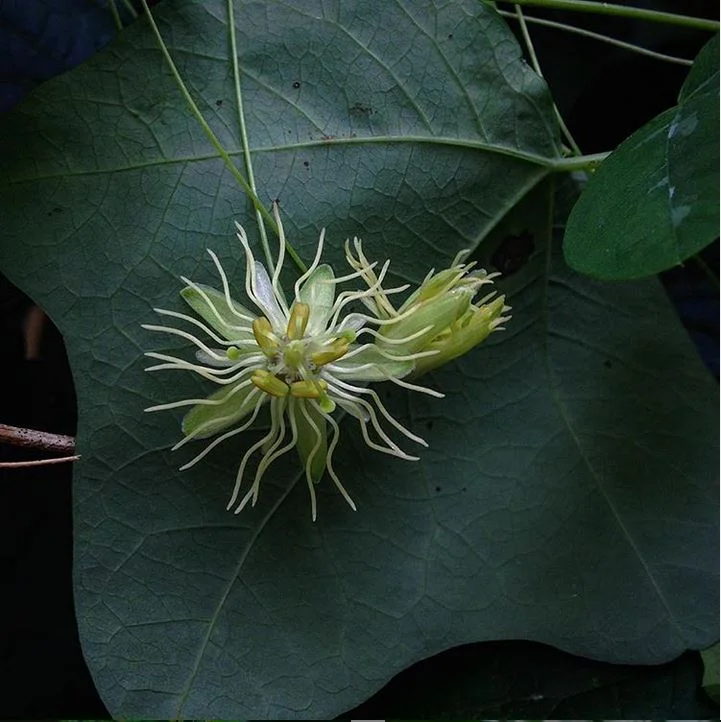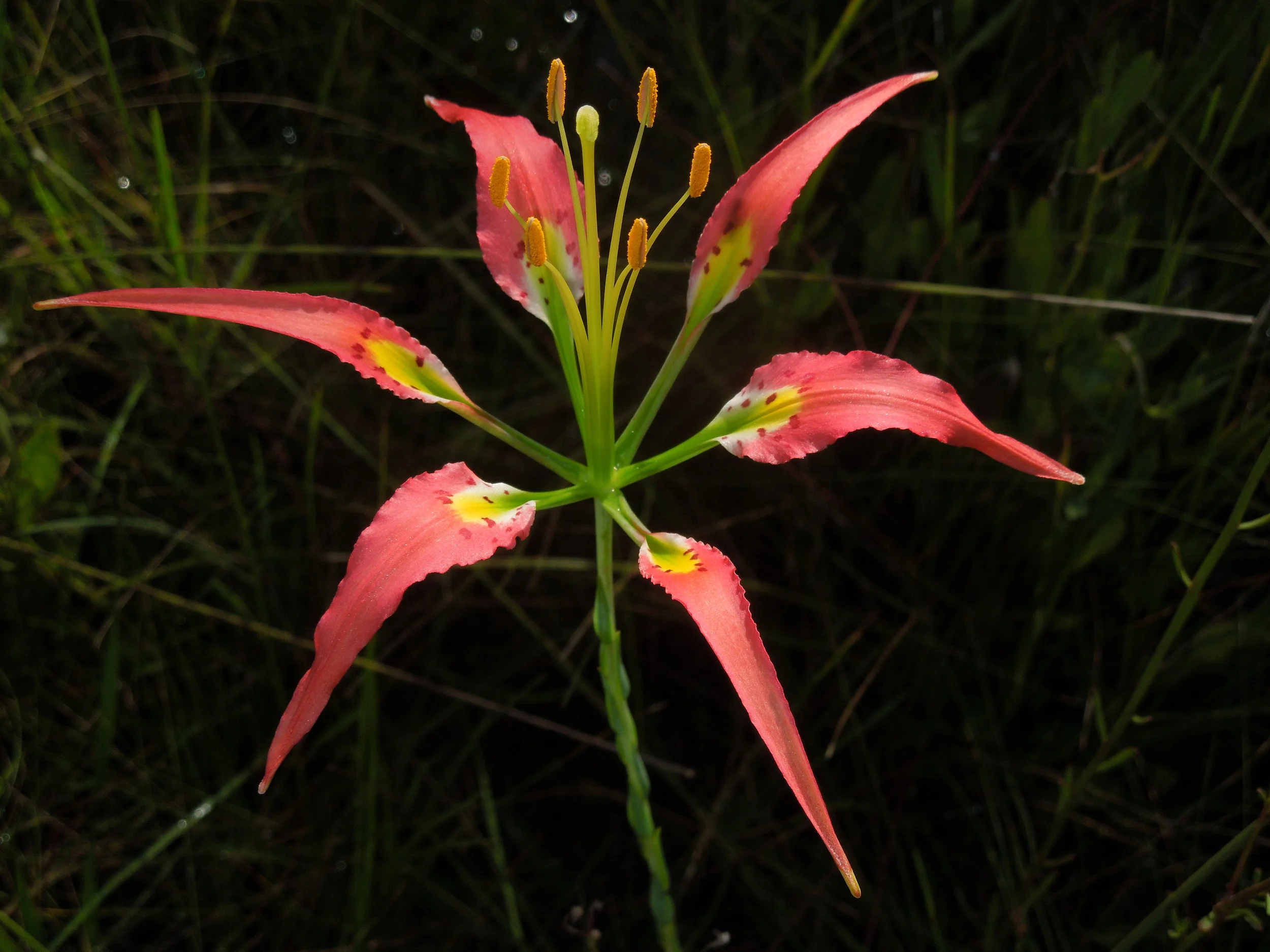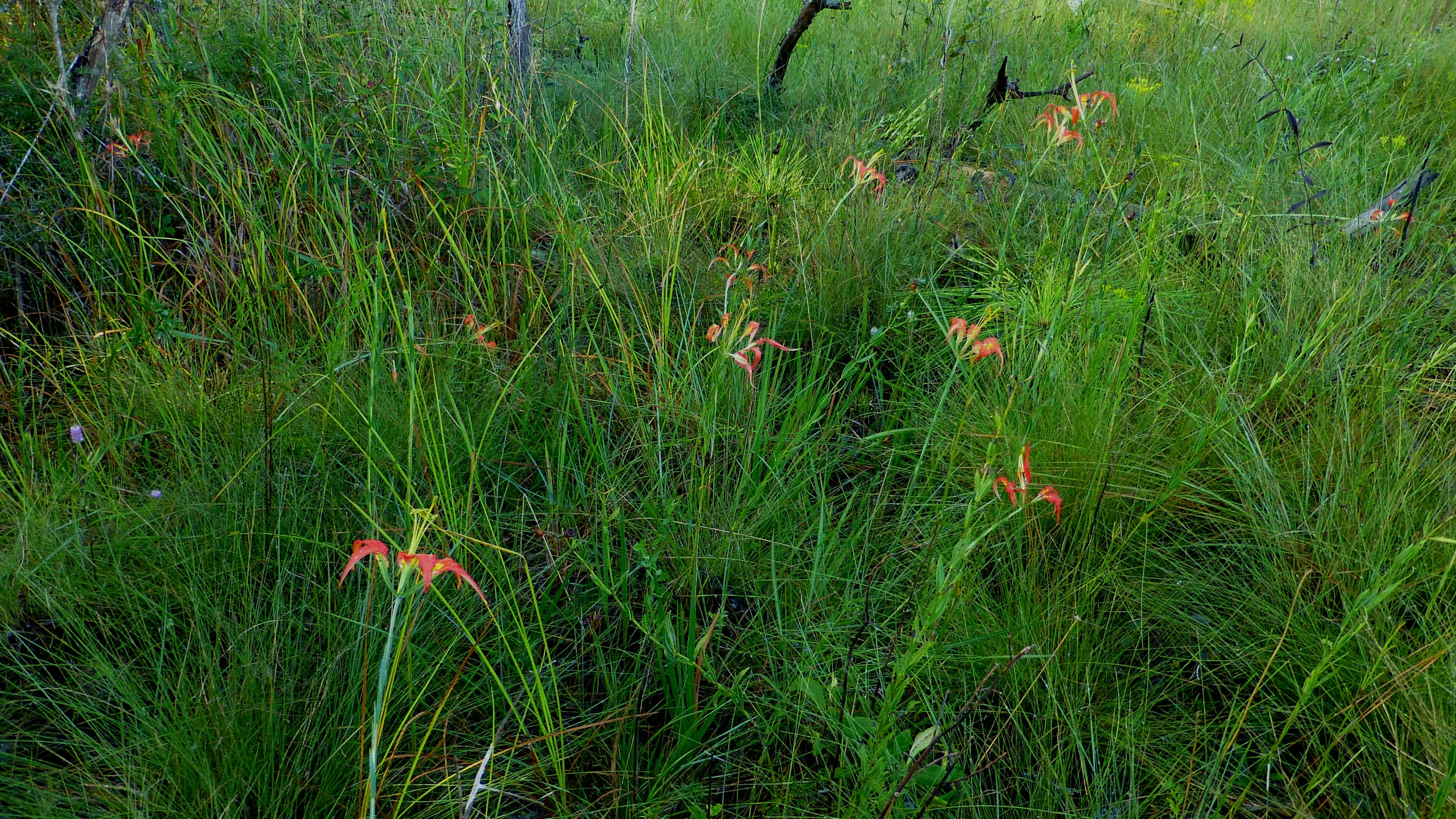Photo by Peter Gorman licensed by CC BY-NC-SA 2.0
As the bright colors of fall start to give way to the dreary grays of winter, people often go looking for ways to bring a little bit of botanical color indoors to enjoy. It is around this time of year that one species in particular starts turning up in flower arrangements, however, it's not the flowers people are interested in but rather the seeds. This species is so popular in arrangements that its numbers in the wild are facing steep declines.
Meet Celastrus scandens, the American bittersweet vine. It hails from the family Celastraceae, which makes it a distant cousins of Euonymus. This lovely climbing vine is native to much to eastern North America and is most at home growing at the edge of woodlots, thickets, and along rocky bluffs and outcroppings. As mentioned, It isn't the flowers of this species that catch the eye but rather the showy seeds. Encased in bright orange capsules, the crimson berry-like fruits are toxic to us mammals but highly sought after by birds. Despite their toxicity, humans nonetheless covet these fruits. Entire vines are cut down and used in arrangements, especially during the months of fall. This has had detrimental effects on wild populations of American bittersweet.
To add insult to injury, its Asian cousin, Celastrus orbiculatus, has been introduced to this continent and is running amuck in the wild. Known commonly as Oriental bittersweet, this invasive is quickly outpacing its native cousin throughout much of North America. It would seem that Oriental bittersweet can adapt to a wider range of habitat types than American bittersweet and, where these species co-occur, hybridization has been reported. The hybrid offspring are not only fertile, they also have shorter seed dormancy and are much more vigorous growers than either of the parents.
Photo by MN Department of Agriculture
Unfortunately it can be hard to tell these species apart. However, with a little patience and a decent field guide, differences become apparent. The best diagnostic feature I have found is that American bittersweet carries its flowers and fruit on the terminal ends of the stems whereas Oriental bittersweet carries them in the axils of the leaves.
All in all, American bittersweet is a lovely native vine. Its beauty in our eyes has, like so many other plant species, created some serious survival issues. Coupled with the the threat of its highly aggressive Asian cousin, the future of this wonderful species remains uncertain. That being said, this doesn’t have to remain a trend. The good news is that it does quite well as a garden species and many nurseries are beginning to carry the native over the invasive. If you live in eastern North America, consider using this plant in your landscape. It would certainly help. And, if flower arrangements are something you enjoy, please give American bittersweet a break.
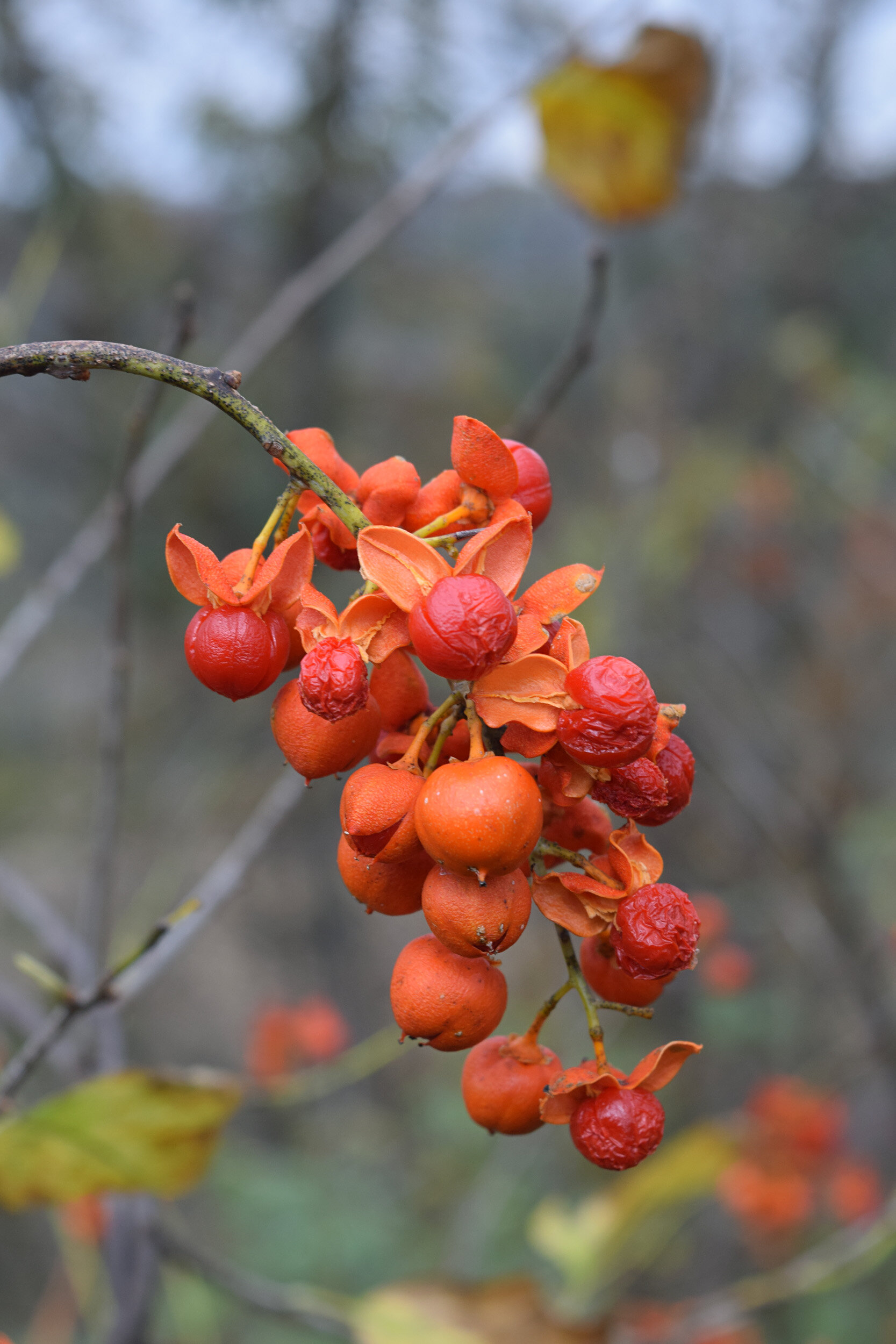





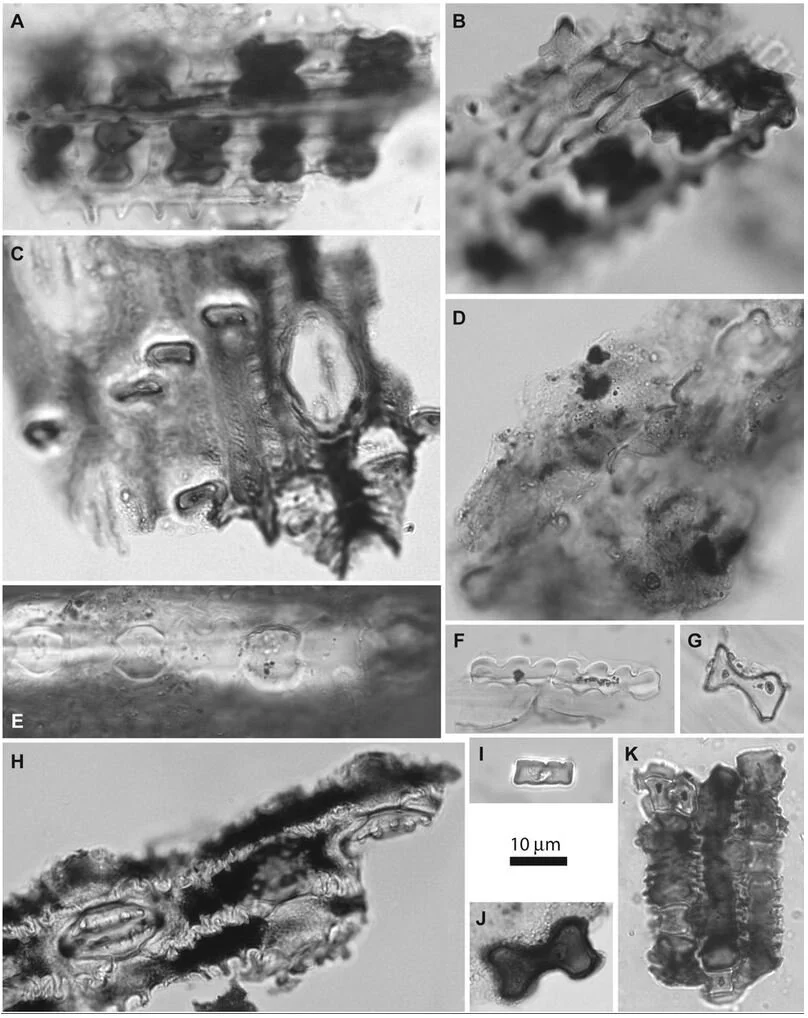
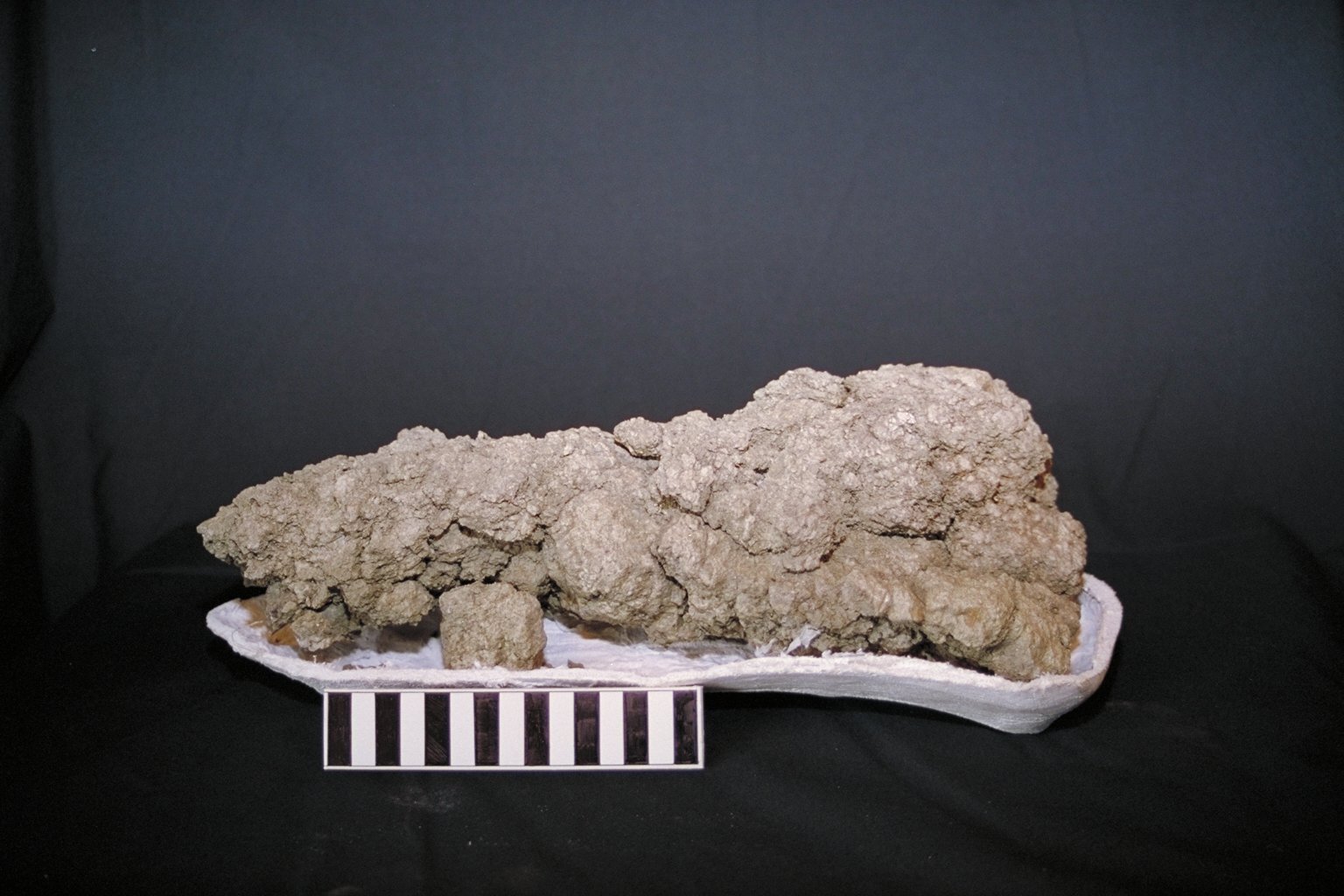
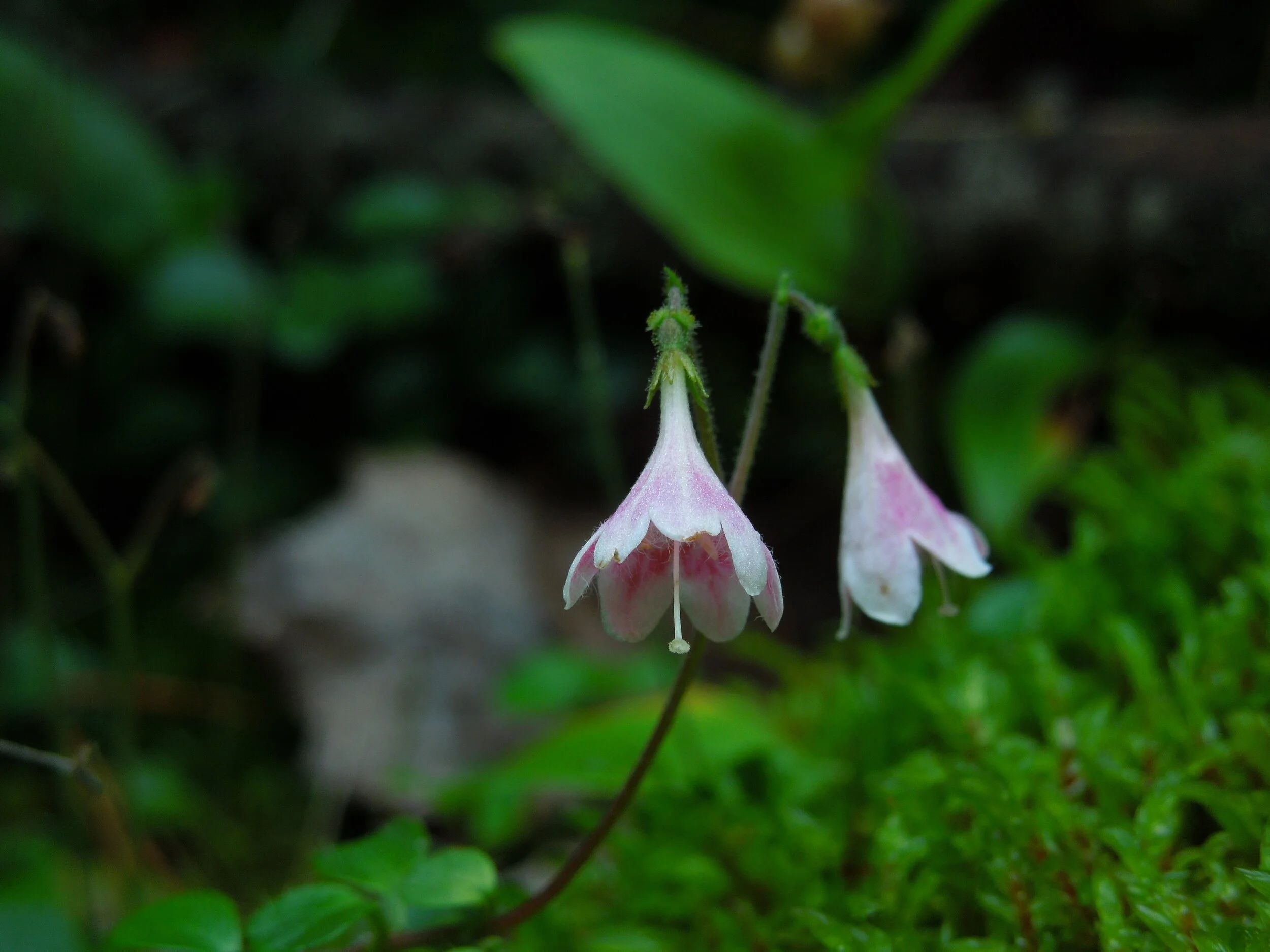

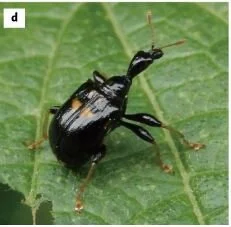

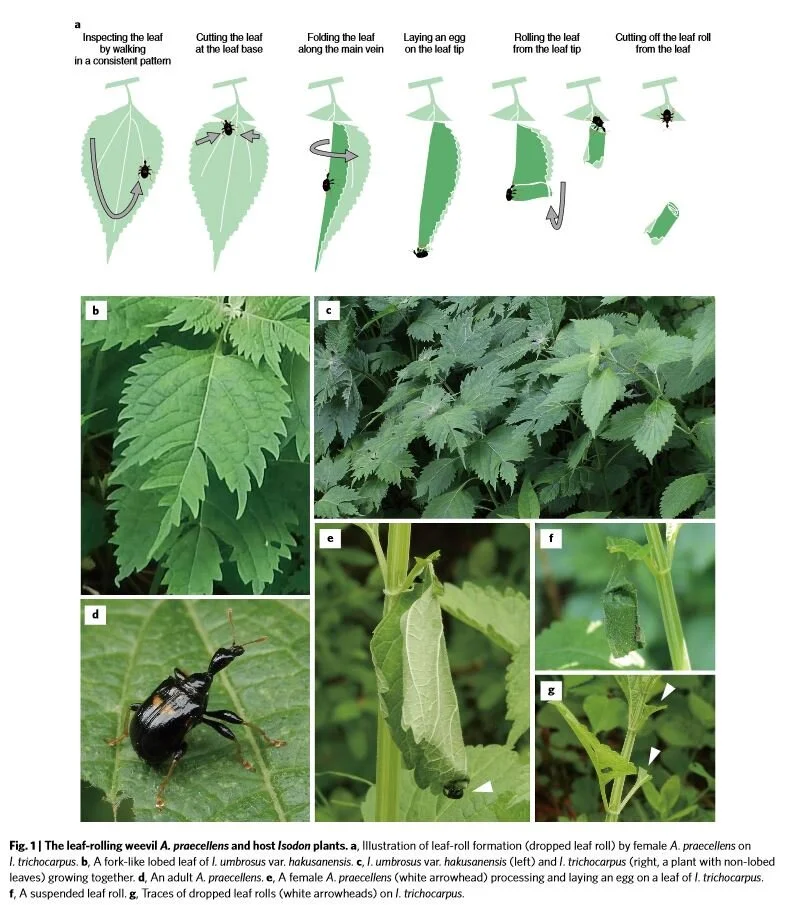
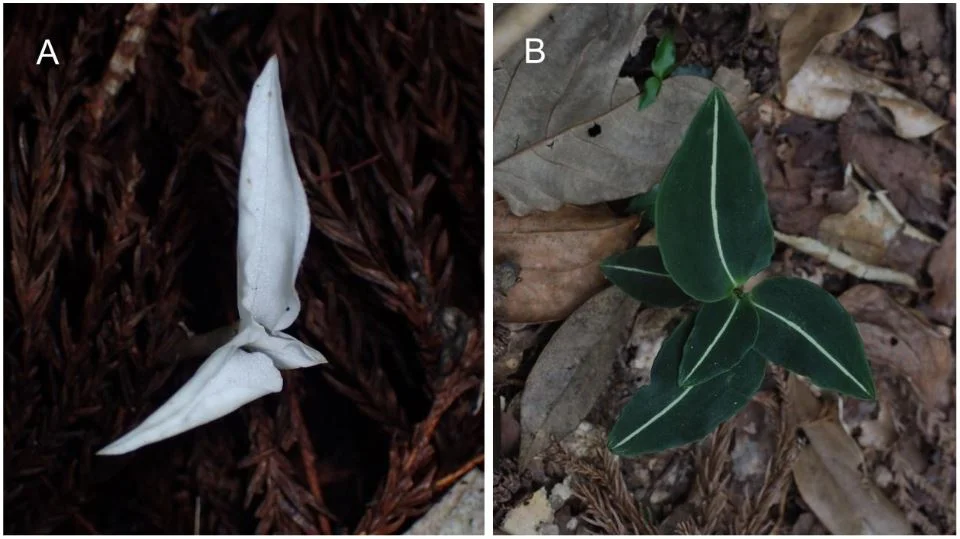
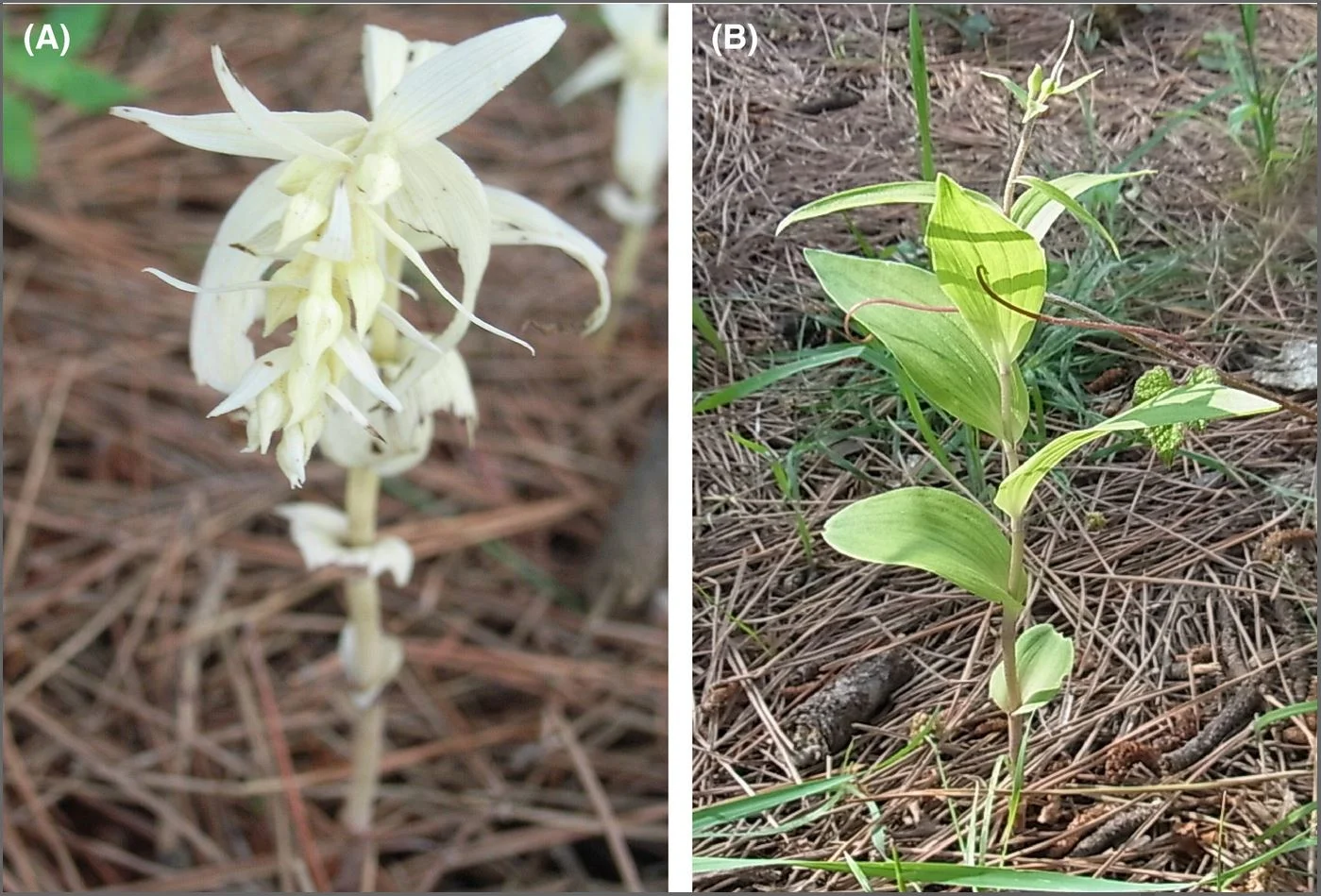





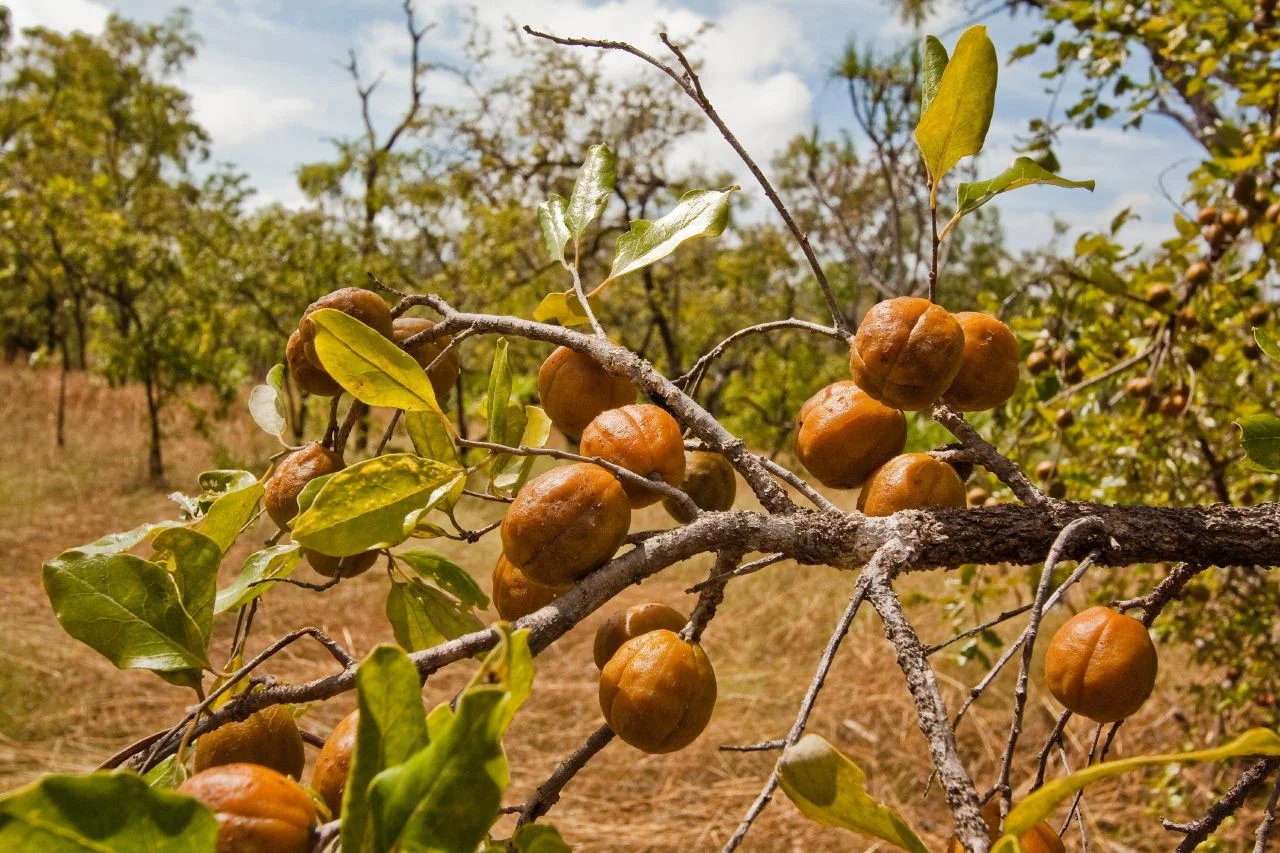




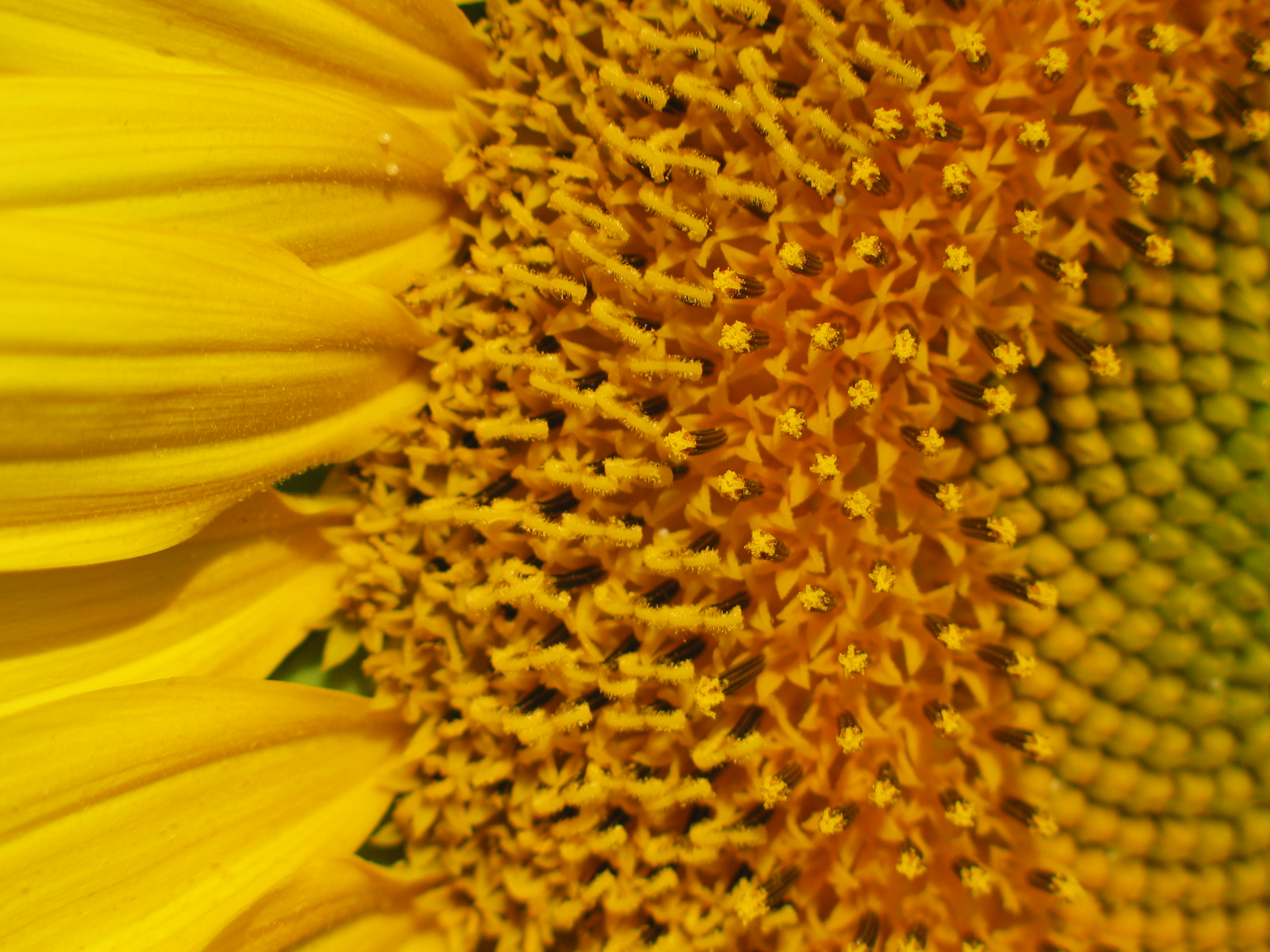



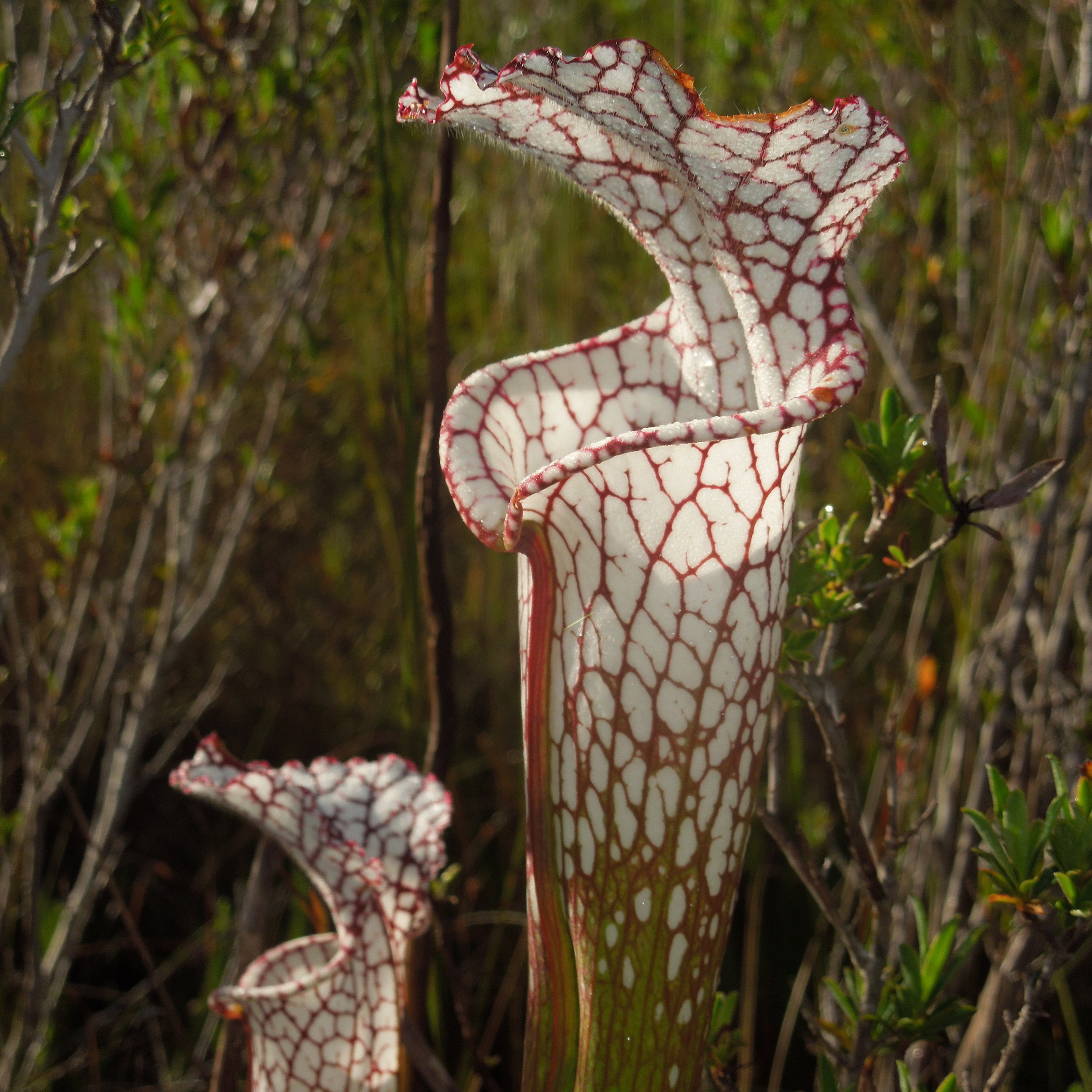
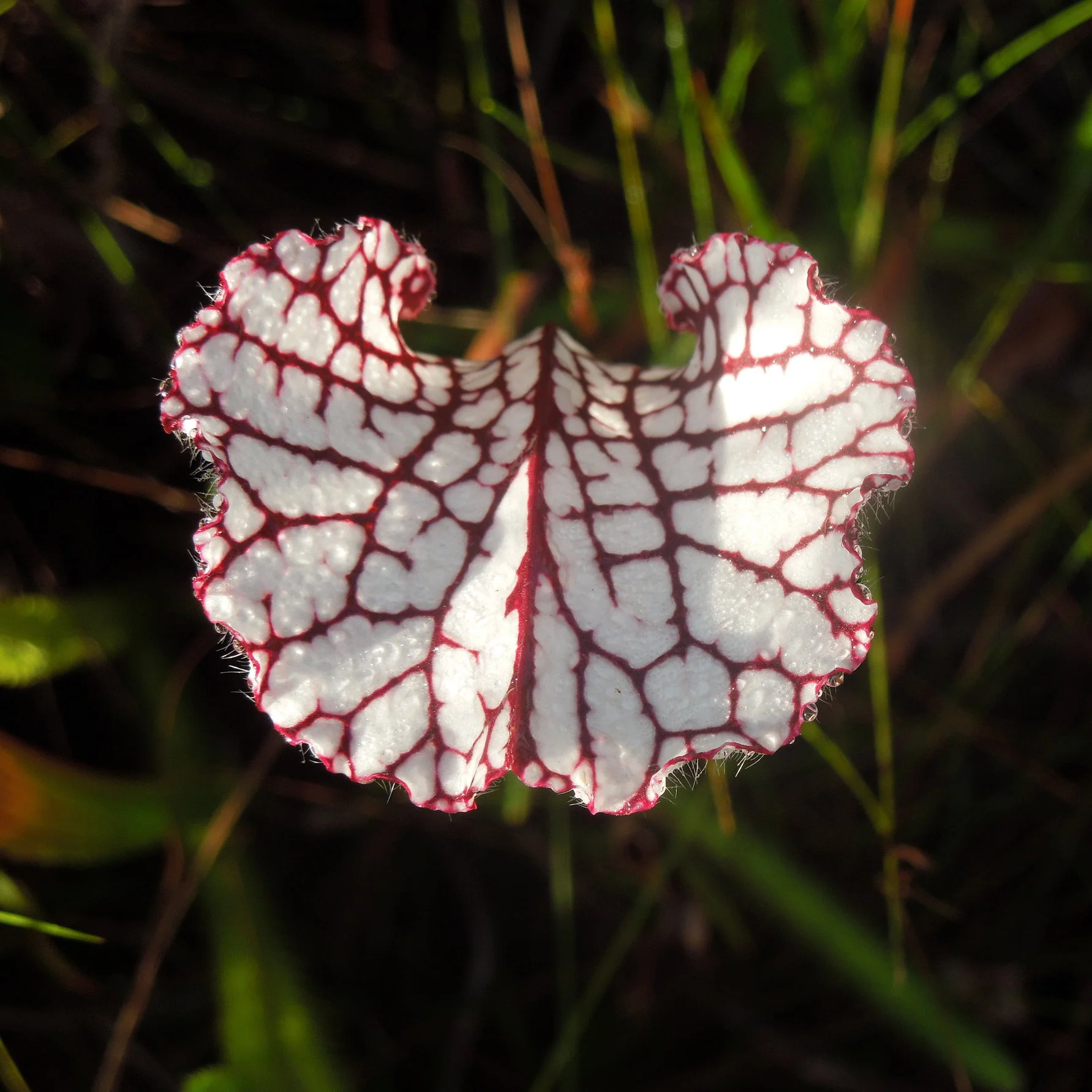
![Sarracenia leucophylla flower. Photo by Noah Elhardt licensed by GNU Free Documentation License [SOURCE]](https://images.squarespace-cdn.com/content/v1/544591e6e4b0135285aeb5b6/1567376504321-A9HVCAG8Y3DY9IMUJMGT/Sarracenia_leucophylla_flower.jpg)
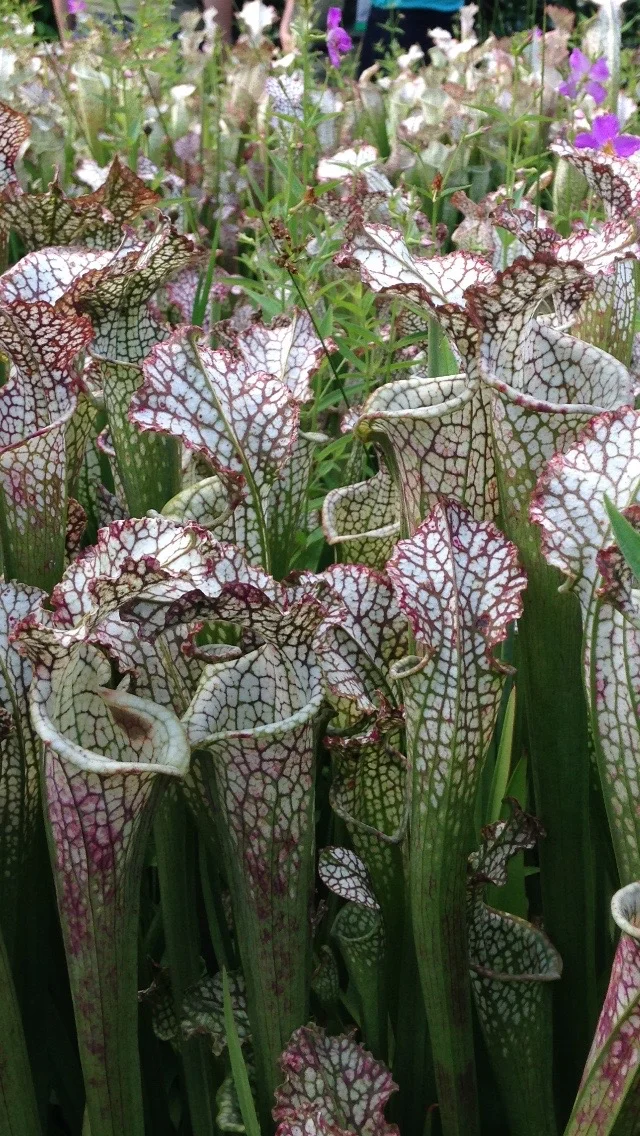
![Sarracenia leucophylla habitat. Photo by Brad Adler licensed by CC BY-SA 2.5 [SOURCE]](https://images.squarespace-cdn.com/content/v1/544591e6e4b0135285aeb5b6/1567376707208-INV6TWZMXE1UXVO4DAHQ/Sarracenia_leucophylla_field.jpg)

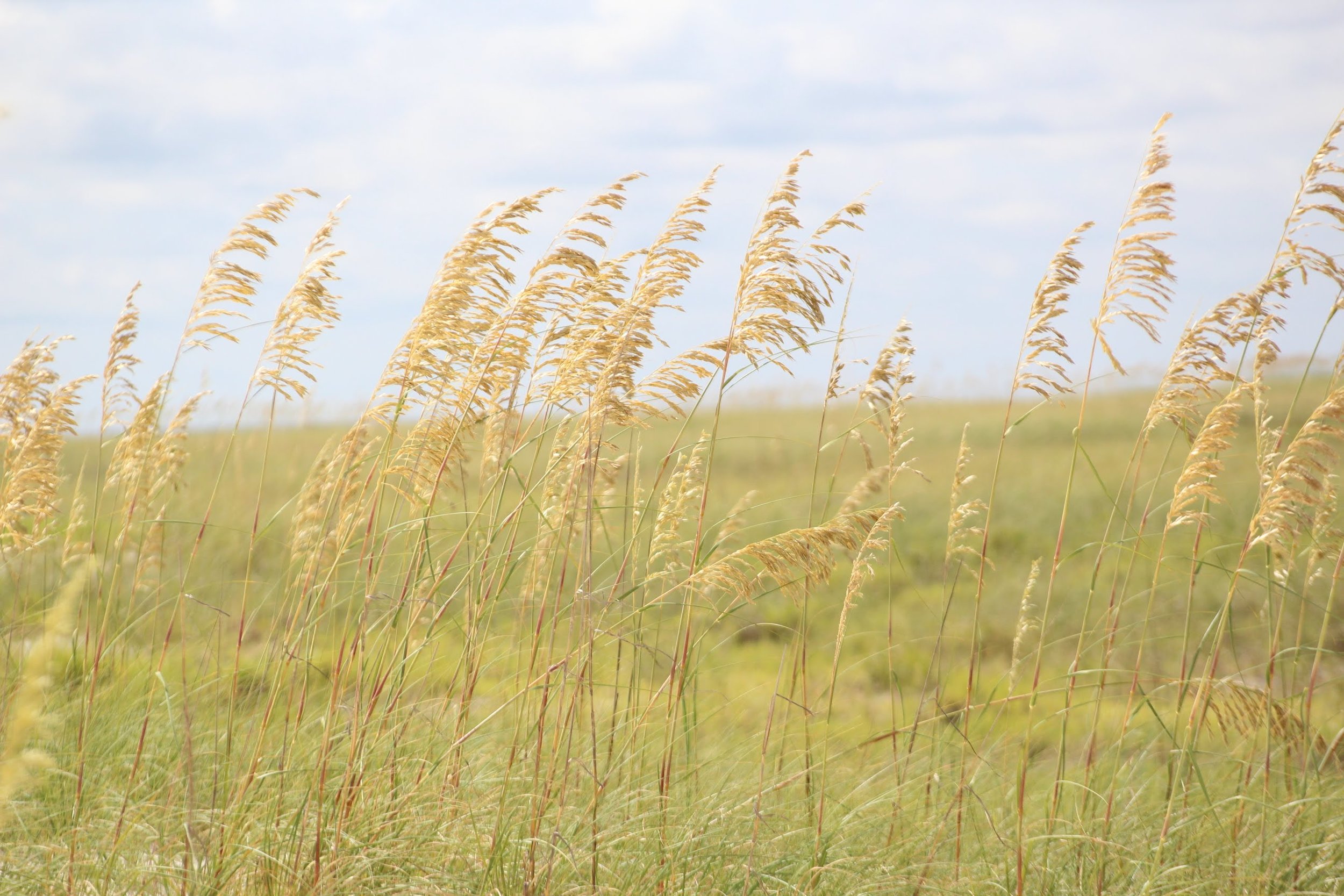

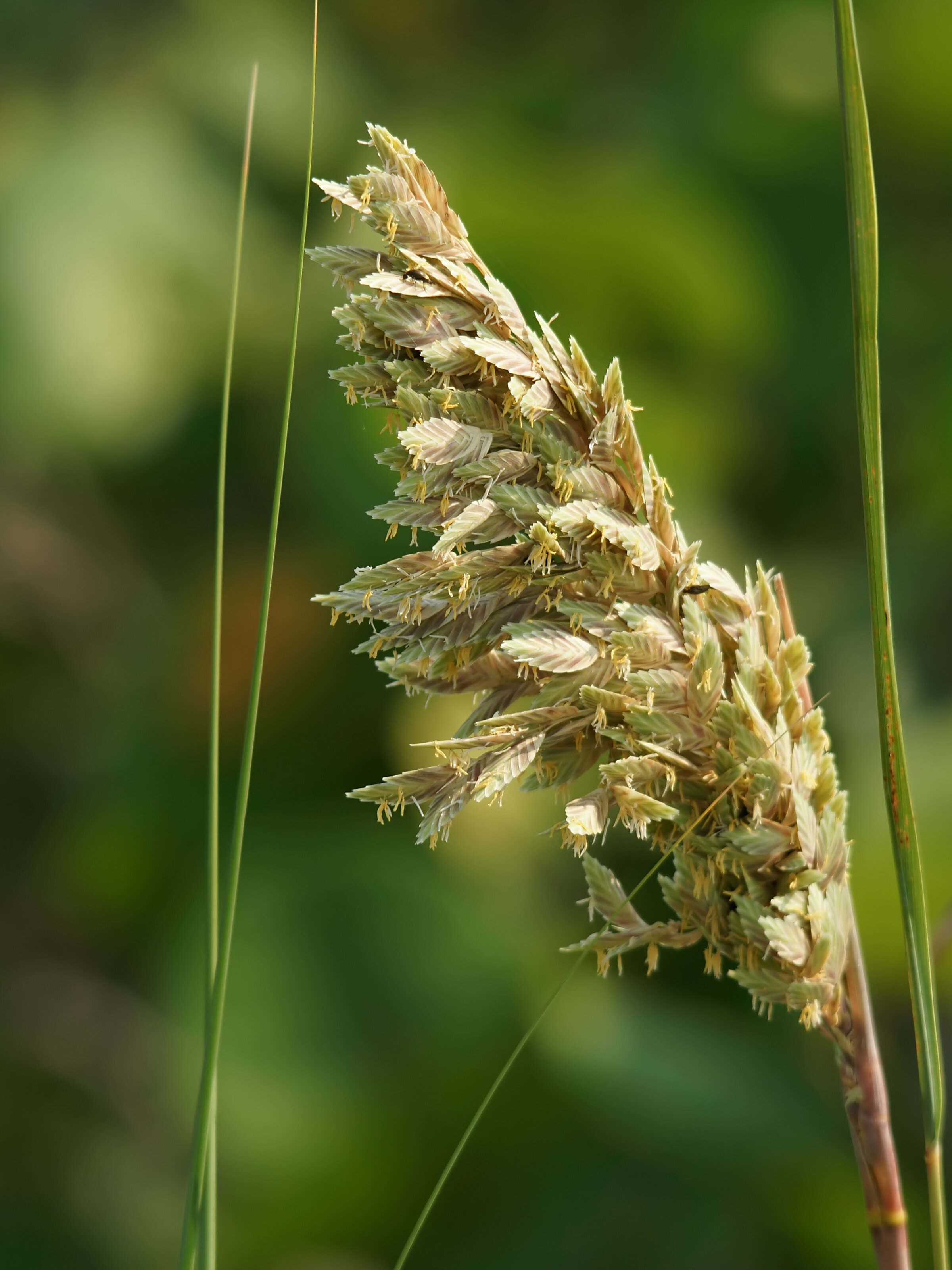



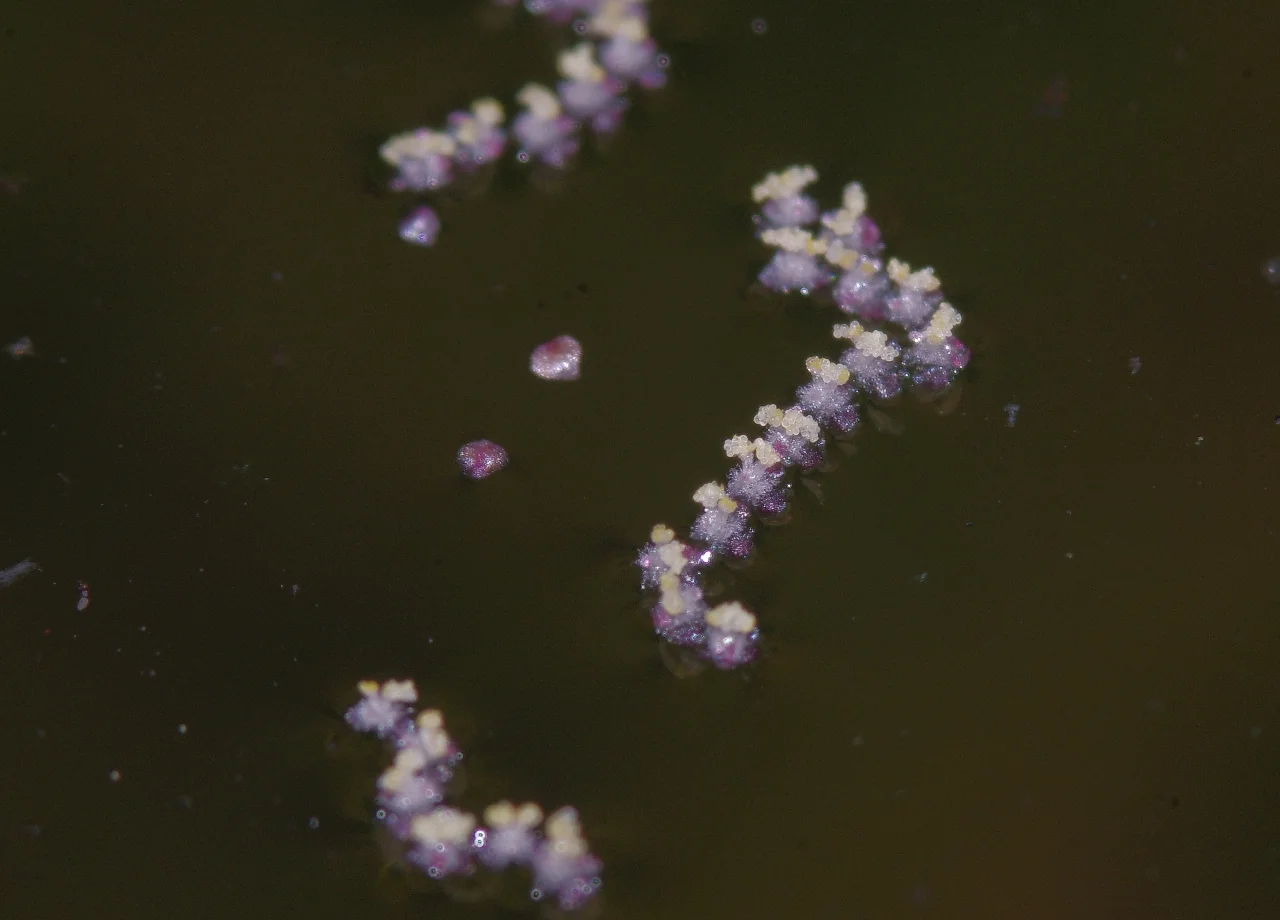
![After pollination, the stem of the female flower coils up, drawing the ripening ovaries safely underwater. Photo by Peter M. Dziuk [source]](https://images.squarespace-cdn.com/content/v1/544591e6e4b0135285aeb5b6/1565792376405-64JD8XOEZI9QIVPB430T/vallisneria-americana-15-13.jpg)
